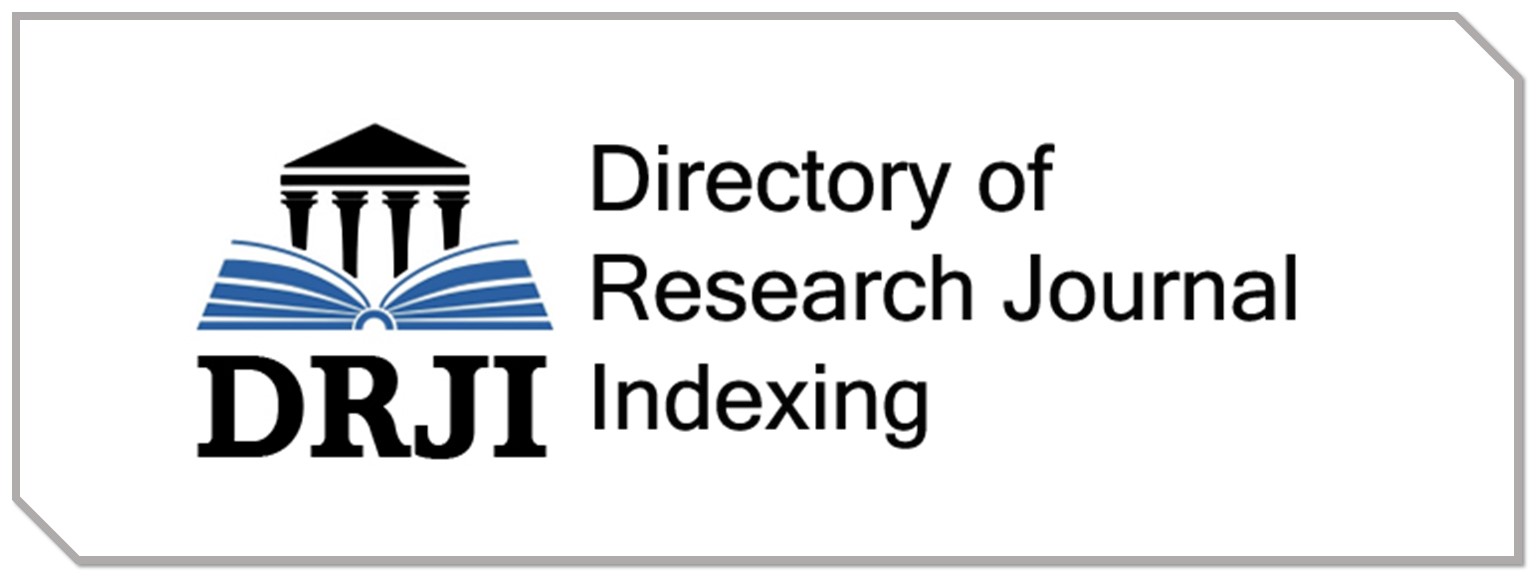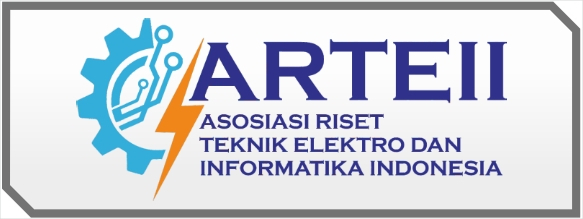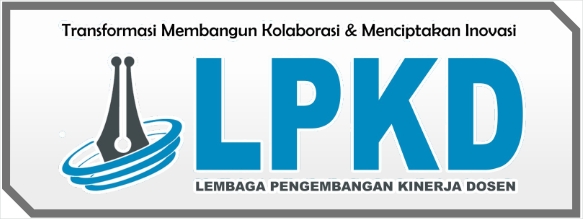The Implementation Of Smart Cities Can Effect The Poverty Rate Reduces In The East Barito District
DOI:
https://doi.org/10.55606/jupsim.v2i2.1339Kata Kunci:
Poverty, Economic Growth, Unemployment, HDI, Smart CityAbstrak
This study aims to update our knowledge of learning literature about the factors that influence poverty and its relation to smart city development. The data collection technique uses a secondary data approach with sources from BPS Barito Timur. This research focuses on how the independent variables affect the dependent variable either partially (single) or simultaneously (together) in the context of smart city development using Excel and the Eviews application 12. The results obtained based on this research simultaneously have a relevant or influential impact on economic growth, population, unemployment, and HDI and how these factors relate to innovative city development. In addition, the positive economic growth achieved individually affects poverty. The unemployment rate and the HDI negatively impact the poverty threshold, which can be addressed through intelligent city development initiatives.
Referensi
Ali, A. (2018). The Impact of Economic Growth on Poverty Reduction in Nigeria. Journal of Economics and Sustainable Development, 9(3), 84-91.
Andhykha, R., Handayani, H. R., & Woyanti, N. (2018). Analisis Pengaruh PDRB, Tingkat Pengangguran, dan IPM Terhadap Tingkat Kemiskinan di Provinsi Jawa Tengah. Media Ekonomi Dan Manajemen, 33(2). https://doi.org/10.24856/mem.v33i2.671
Anwar, M., & Dacholfany, M. I. (2021). Analisis Faktor-Faktor yang Mempengaruhi Kemiskinan di Indonesia. Jurnal Ilmiah Ekonomi dan Bisnis, 6(2), 58-70.
Anwar, M., & Lee, J. H. (2020). Smart city and the poor: A literature review. Sustainability, 12(12), 4812.
Ardila, J. P., & Peña, X. A. (2019). Poverty reduction through the use of smart city applications in Colombia. In Proceedings of the 14th International Conference on Digital Society and eGovernments (pp. 25-29). ACM.
Azeem, M. M., & Othman, J. (2019). Impact of Economic Growth on Poverty Alleviation: A Case of Pakistan. Journal of Economic Cooperation and Development, 40(2), 1-22.
Basu, K. (2017). Growth, Poverty, and Human Development in India. Oxford University Press.
Bhattarai, K., & Sharma, R. (2017). Impact of Economic Growth on Poverty Reduction: Evidence from Nepal. Journal of Poverty, Investment and Development, 33(1), 28-40.
Bisnis, J., Manajemen, D., & Citra Pratama, Y. (2014). ANALISIS FAKTOR-FAKTOR YANG MEMPENGARUHI KEMISKINAN DI INDONESIA (Vol. 4, Issue 2).
Bolaños, J. A. (2019). Human Development and Poverty Reduction in Latin America: Challenges and Opportunities. Oxford Development Studies, 47(2), 162-180.
Canto-Perello, J., & Sánchez-Fernández, M. (2017). The Impact of Unemployment on Poverty: An Analysis of Spanish Regions. Applied Economics, 49(44), 4425-4438.
Cici Septiani, G., Studi Ekonomi Pembangunan Fakultas Ekonomi dan Bisnis, P., Pembangunan Nasional, U., & Timur, J. (2022). Analisis Pengaruh Pertumbuhan Ekonomi, Pertumbuhan Penduduk Dan Tingkat Inflasi Terhadap Kemiskinan Di Provinsi Jawa Barat. Jurnal Ilmiah Multidisiplin, 1(5).
Cuthbertson, R., & Johnson, M. (2020). Smart Cities and Poverty Reduction: A Global Review of the Literature. In Smart Cities and Communities (pp. 11-32). Springer.
Deng, Q., Li, E., & Yang, Y. (2022). Politics, policies and rural poverty alleviation outcomes: Evidence from Lankao County, China. Habitat International, 127, 102631. https://doi.org/10.1016/J.HABITATINT.2022.102631
Dewi, E. L., & Susilowati, T. P. (2019). Pengaruh Pertumbuhan Ekonomi, Indeks Pembangunan Manusia, dan Pengangguran terhadap Kemiskinan di Indonesia. Jurnal Ekonomi Pembangunan, 20(1), 1-10.
Fadila, R., & Marwan, M. (2020). Pengaruh Indeks Pembangunan Manusia (IPM) dan Pertumbuhan Ekonomi terhadap Tingkat Kemiskinan di Provinsi Sumatera Barat periode tahun 2013-2018. Jurnal Ecogen, 3(1), 120. https://doi.org/10.24036/jmpe.v3i1.8531
Fauzi, A., & Hafiz, M. (2019). Analisis Faktor-Faktor yang Mempengaruhi Kemiskinan di Indonesia. Jurnal Ekonomi dan Keuangan, 3(1), 42-56.
Fitriani, E., & Wahyuni, S. (2019). Analisis Pengaruh Pertumbuhan Ekonomi, Pengangguran, dan Indeks Pembangunan Manusia terhadap Kemiskinan di Indonesia. Jurnal Ekonomi dan Kebijakan Publik, 10(2), 122-132.
Ghatak, S., & Siddiki, J. U. (2017). The Impact of Economic Growth on Poverty and Inequality in Bangladesh. Journal of Asian and African Studies, 52(3), 340-356.
Hidayat, B., & Fitri, L. (2019). Analisis Faktor-Faktor yang Mempengaruhi Kemiskinan di Indonesia. Jurnal Ekonomi dan Bisnis, 22(1), 1-11.
Hossain, M. Z. (2018). The Relationship between Economic Growth, Poverty, and Human Development: Evidence from Bangladesh. Journal of Asian and African Studies, 53(3), 408-422.
Hussain, I., & Ali, Z. (2019). The Impact of Human Development on Poverty Reduction in Pakistan. Journal of Economic and Social Development, 6(2), 63-77.
Kanyama, I. R., & Nkundabanyanga, S. K. (2017). The Impact of Economic Growth on Poverty Reduction in Rwanda. Journal of Economics and Public Finance, 3(1), 21-30.
Kim, J., & Lee, T. J. (2021). Smart City and Inclusive Growth: Evidence from Seoul, South Korea. Sustainability, 13(7), 4111.
Kim, K. (2017). The Impact of Economic Growth on Poverty Reduction in Korea. Asia Pacific Journal of Public Administration, 39(1), 59-73.
Klasen, S. (2017). The Impact of Economic Growth and Education on Poverty Reduction and Inequality in Uganda. Journal of African Economies, 26(3), 239-267.
Kupfer, D., & Demombynes, G. (2018). The Impact of Economic Growth on Poverty and Inequality in Kenya. Journal of Development Studies, 54(6), 997-1014.
Kurniawati, A., & Susanto, E. (2019). Pengaruh Pertumbuhan Ekonomi, Indeks Pembangunan Manusia, dan Pengangguran terhadap Kemiskinan di Indonesia. Jurnal Ekonomi dan Bisnis, 22(2), 146-156.
Li, L., & Zhang, Y. (2018). Economic Growth and Poverty Reduction in China: Evidence from Rural Households. China Agricultural Economic Review, 10(3), 462-475.
Lowans, C., Foley, A., Del Rio, D. F., Caulfield, B., Sovacool, B. K., Griffiths, S., & Rooney, D. (2023). What causes energy and transport poverty in Ireland? Analysing demographic, economic, and social dynamics, and policy implications. Energy Policy, 172, 113313. https://doi.org/10.1016/J.ENPOL.2022.113313
Mahmudah, R. (2020). Analisis Faktor-Faktor yang Mempengaruhi Kemiskinan di Indonesia. Jurnal Ekonomi dan Bisnis, 23(2), 127-138.
Masruroh, N. A., & Wibowo, E. (2020). Pengaruh Pertumbuhan Ekonomi, Pengangguran, dan Indeks Pembangunan Manusia terhadap Kemiskinan di Indonesia. Jurnal Ekonomi dan Bisnis, 23(1), 1-10.
Mehta, S. (2017). Economic Growth, Poverty, and Inequality in India. Journal of Developing Societies, 33(3), 246-270.
Mojtahedi, S. M. H., Mohammadi, S., & Vettorato, D. (2019). Smart cities and social equity: Towards a framework for integrating smart and socially responsible urban policies. Cities, 87, 1-12.
Mutiara, D., & Iriani, Y. (2020). Analisis Faktor-Faktor yang Mempengaruhi Kemiskinan di Indonesia. Jurnal Ekonomi Pembangunan, 21(2), 107-117.
Mwale, E., & Phiri, A. (2018). The Impact of Economic Growth on Poverty Reduction in Zambia. Journal of Economics and Behavioral Studies, 10(1), 109-119.
Novak, J., & Voigt, A. (2019). Smart cities, inequality, and the social determinants of health. American Journal of Public Health, 109(S2), S162-S164.
Park, J. H., & Jeon, H. C. (2020). Smart city and poverty reduction in developing countries: A systematic review. Sustainability, 12(20), 8542.
Priseptian, L., & Primandhana, W. P. (2022). Analisis faktor-faktor yang mempengaruhi kemiskinan. FORUM EKONOMI, 24(1), 45–53. https://doi.org/10.30872/jfor.v24i1.10362
Rahayu, I., & Hadi, A. (2018). Pengaruh Pertumbuhan Ekonomi, Indeks Pembangunan Manusia, dan Pengangguran terhadap Kemiskinan di Indonesia. Jurnal Ekonomi dan Bisnis, 21(2), 122-130.
Rosa, E. L., Rosa Laoh, E., Bintang Kalangi, J., Dj Siwu, H. F., Studi Ekonomi Pembangunan, P., & Ekonomi dan Bisnis, F. (2023). PENGARUH PRODUK DOMESTIK REGIONAL BRUTO (PDRB) DAN INDEKS PEMBANGUNAN MANUSIA (IPM) TERHADAP KEMISKINAN DI KABUPATEN BOLAANG MONGONDOW. In Jurnal Berkala Ilmiah Efisiensi (Vol. 23, Issue 1).
Salsabilla, A., Arrafi Juliannisa, I., Triwahyuningtyas, N., Pembangunan Nasional Veteran, U., & Jl Rs Fatmawati, J. (n.d.). Analisis Faktor-Faktor Kemiskinan di Kabupaten/Kota Daerah Istimewa Yogyakarta.
Sanfo, S., & Gérard, F. (2012). Public policies for rural poverty alleviation: The case of agricultural households in the Plateau Central area of Burkina Faso. Agricultural Systems, 110, 1–9. https://doi.org/10.1016/J.AGSY.2012.02.006
Sari, R. M., & Wardani, N. K. (2018). Analisis Faktor-Faktor yang Mempengaruhi Kemiskinan di Indonesia. Jurnal Ekonomi Pembangunan, 19(1), 1-9.
Soleh, A., Daniel, P. A., & Siswoyo, S. (2019). ANALISIS PENGANGGURAN DAN KEMISKINAN DI PROVINSI JAMBI. Journal Development, 7(2), 98–107. https://doi.org/10.53978/jd.v7i2.137
Wang, Y., Ding, L., & Huang, J. (2021). Smart City Governance and Poverty Reduction: Evidence from China. Sustainability, 13(4), 1822.
Wigger, H. U., & Preuß, L. (2018). Smart City and social innovation: Insights from the German context. Journal of Urban Technology, 25(1), 69-87.
Yang, L., & Huang, Q. (2020). Smart city and poverty reduction in China: A case study of Guangzhou. Land Use Policy, 99, 104891.
Yustie, R. (2017). ANALISIS PENGARUH INDEKS PEMBANGUNAN MANUSIA (IPM) DAN TINGKAT PENGANGGURAN TERBUKA (TPT) TERHADAP KEMISKINAN KABUPATEN DAN KOTA DI PROVINSI JAWA TIMUR. In Equilibrium.
Zeng, Q., He, Z., & Zeng, Y. (2023). Public procurement, consumers’ preference and poverty alleviation through consumption. Socio-Economic Planning Sciences, 101514. https://doi.org/10.1016/J.SEPS.2023.101514
Zuhdiyaty, N., & Kaluge, D. (2018). ANALISIS FAKTOR - FAKTOR YANG MEMPENGARUHI KEMISKINAN DI INDONESIA SELAMA LIMA TAHUN TERAKHIR. Jurnal Ilmiah Bisnis Dan Ekonomi Asia, 11(2), 27–31. https://doi.org/10.32812/jibeka.v11i2.42




















